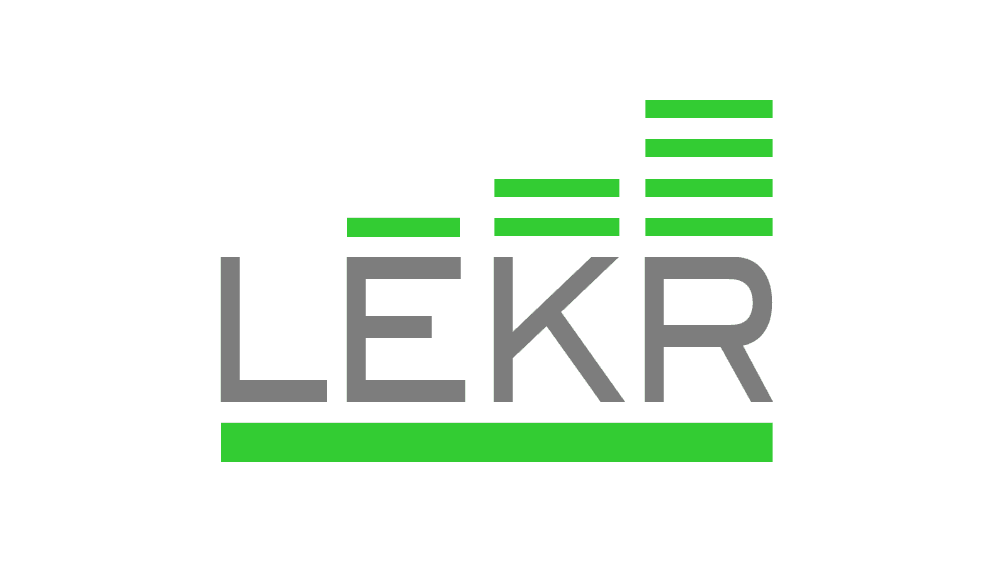Reinventing The Food Business, Part One
Cook it and they will come is the modus operandi of most food businesses today. A reason why so many do not reach their full potential. Just add some advertising and social media marketing if guests don't show up in droves, is the advice many a money-grubbing agency will eagerly sell as the remedy to underperformance. Kind of like a chef adding more and more salt to get food to taste good.
A hopeless tactic.
Back It Up
Building a business is not easy. Building a food business is even harder. Without consistency of quality and appeal, a food business is doomed to fail. As a four-time CEO, I know all about how success begins with a great product, yet success requires so much more.
The best way to look at a business is as an ecosystem, a set of cohesive activities in which each activity plays a critical role in the ultimate success. To succeed, the best food is important but so is a nice location, an inviting ambiance, an attentive and well-trained wait-staff, great drinks and reasonable prices. In other words the complete experience is what keeps customers coming back.
You think.
The reality is that the landscape of options for guests is constantly shifting and even when you provide the ultimate dining experience, new dining options appear on the horizon to lure your customers away for a swanky night in another restaurant's bosom. Therefore, as a chef you cannot rest on the laurels of the initial menu. You must change and reinvent yourself while keeping regulars appeased with the staples of their fancy.
You think that does it? Think again.
Even when you meet the aforementioned critical success factors with flying colors, you can still lose traction quickly, simply because people are transient and move around. In certain areas they relocate as much as every two to three years. Or they simply forget about you. So even a sizable base of loyal customers, regardless of how you roped them in or how you leaned on your stature as a celebrity chef, will atrophy relatively quickly. Examples abound.
Greenfield Access
The key to running a successful food business is one few restauranteurs pay any serious attention to. It is a customer acquisition strategy and a customized set of tactics we at LEKR refer to as access and conversion from greenfield. Let me try to explain in detail using non-technical terms.
The term greenfield is derived from the dairy farm, named after the distinct bright color of pastures on which the cows have not yet grazed and thus the grass grows a beautiful lush green color. A strikingly different color grass from the color of a pasture the cows have been grazing on for weeks. For cows to remain healthy and produce a lot of milk they must be regularly exposed to a greenfield pasture they will then chow down, and in a timeframe that allows the previous patch to replenish itself. Cows are then placed in the next available fresh pasture and the cycle of renewal repeats itself, indefinitely.
Now replace the cow with a restaurant and pretend the grass is people. Like a cow needs fresh grass on a regular basis, a restaurant must regularly be exposed to greenfield customers to keep producing viable returns and remain financially healthy. Why? Simply because the existing base of customers will erode for any or all of the reasons mentioned in the previous section, just like the grass does for cows. A cow will become unhealthy without access to fresh green grass, and so will a restaurant without renewable access to a greenfield of customers.
Technology
Technology plays a significant role in a well-defined greenfield access strategy. And while much hyped social media platforms are viable mechanisms to maintain and inform the existing customer base, a base that has already decided to like the food or product based on a past visit or usage, social media provides little to no value to build greenfield access.
Social media is not a viable greenfield access strategy. We should know, because we see and monitor the conversion metrics. Remember: technology can be a tool to achieve a business objective, technology by itself does not constitute the objective.
Heads Up
We have spoken with a lot of restauranteurs and producers of food products, and the single common denominator was their lack of renewable greenfield access. Not just because they had not looked at the restaurant from that perspective, but more often because as chef/owner they were heads down in the kitchen, primarily tasked with the nourishment of tonight's customer base.
Be forewarned: running a restaurant without renewable greenfield access is like riding a bike without pedals. A launch with an exhilarating initial push-off will get you little farther than downhill (a honeymoon period in the restaurant business usually lasting 2-3 years).
LEKR's growth strategies help food entrepreneurs install the proverbial pedals to your bike, so the business keeps moving in the direction you want to take it. No bike should be ridden without pedals. No restaurant should be driven without renewable greenfield access.
A New Path
LEKR's greenfield access strategy is just the start of how we infuse proven growth strategies to ensure the artistic creativity of food entrepreneurs comes to fruition and blossoms.
We developed a three-staged process to take graduating entrepreneurs along the path to the moon-shot they deserve, maximizing growth along every step of the way. Not by using a cookie-cutter plan, but understanding and implementing the triggers that make your business unique.
LEKR turns the traditional agency model on its head by focusing solely on building growth. And step one is to consistently drive new customers to grow your base, fill seats and buy product.
